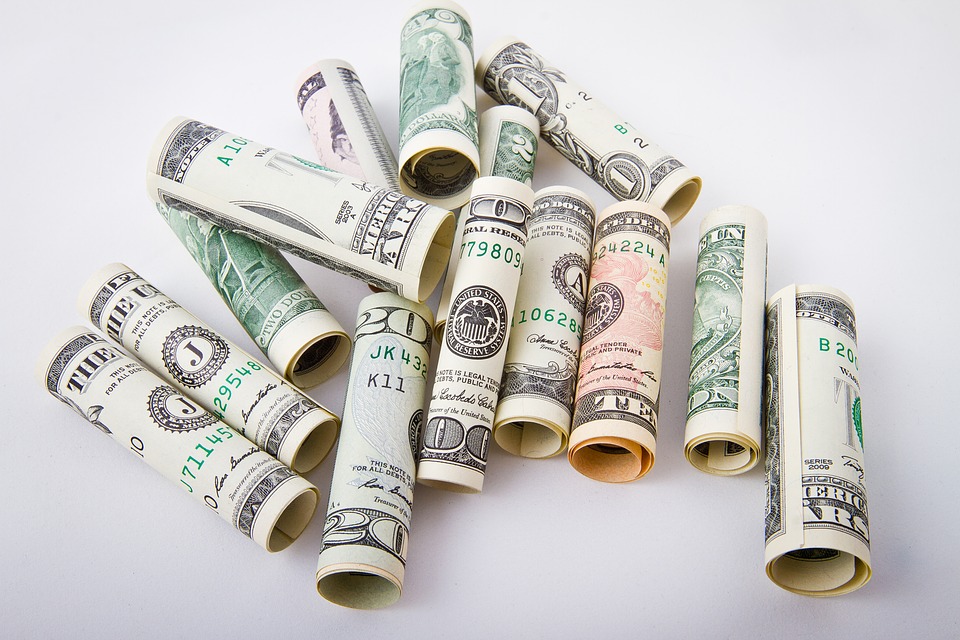As 2024 unfolds, the U.S. dollar is experiencing a volatile journey, marked by uncertainty surrounding the Federal Open Market Committee (FOMC) meeting minutes and the potential for interest rate hikes. Investors are cautious as they await signals from the Federal Reserve regarding the direction of U.S. monetary policy, especially following recent economic data and global market shifts.
Since the start of the year, the dollar’s strength has fluctuated in response to economic indicators and the anticipation of Federal Reserve actions. The dollar’s performance against its major rivals, including the euro, yen, and British pound, has been mixed, reflecting the broader uncertainty in the market. The FOMC’s upcoming decisions are expected to play a crucial role in determining the dollar’s next move, and investors are closely watching for any signs of a hawkish stance from the Fed.
The Federal Reserve and Interest Rate Hikes in 2024
During the December 2023 FOMC meeting, Federal Reserve Chair Jerome Powell indicated that multiple interest rate hikes might be necessary in 2024 to tame inflation, which has been more persistent than expected. Inflation, currently hovering at levels above the Fed’s 2% target, has prompted aggressive monetary tightening over the past year. Many analysts expect at least two to three rate hikes in 2024, with the first expected in the coming months. However, the pace and magnitude of these hikes will depend on how the economy performs in early 2024.
One of the main challenges the Federal Reserve faces is balancing the need to control inflation while preventing the U.S. economy from tipping into recession. The labor market remains strong, but wage growth has started to cool, leading to mixed signals about the broader economy’s health.
Dollar Weakened Before the FOMC Meeting
The U.S. dollar has shown signs of weakness in early 2024, losing ground against some of its major rivals. In the first quarter, the dollar index (DXY), which measures the greenback’s strength against a basket of six major currencies, slipped from its early-year highs. Last week, the dollar index dropped by 0.22%, settling at 101.16 as traders grew increasingly nervous ahead of the FOMC meeting.
The weakening of the dollar has been attributed to softer economic data, including lower-than-expected wage growth and a slowdown in manufacturing. As a result, the market is pricing in the possibility that the Federal Reserve might adopt a more cautious approach to rate hikes, especially if inflation continues to moderate.
Currency Market Overview: Mixed Performance for the Dollar
In the global currency market, the dollar has experienced mixed performance against its major rivals. The EUR/USD pair climbed to new highs, trading at 1.0705 as investors reacted to softer U.S. economic data and more aggressive policy expectations from the European Central Bank (ECB). ECB President Christine Lagarde’s hawkish stance, signaling further rate hikes in 2024, has given the euro a strong advantage over the dollar.
Meanwhile, the U.S. dollar lost ground against the Japanese yen by 0.09%, trading at 114.71. The yen has been supported by the Bank of Japan’s efforts to manage inflation while also maintaining loose monetary policy, which has added complexity to the USD/JPY pair.
The British pound made modest gains, rising 0.45% to 1.2224, as the Bank of England hinted at potential interest rate hikes in response to inflation pressures. Conversely, the EUR/GBP pair fell by 0.65%, signaling the strength of the pound relative to the euro.
U.S. Consumer Sentiment and Economic Outlook
U.S. consumer sentiment has been relatively unstable heading into 2024, especially after a tumultuous year. Following President Biden’s re-election in 2023, his administration has been focusing on fiscal policies aimed at stabilizing the economy. However, many consumers remain skeptical about the effectiveness of these measures in the face of rising inflation and global economic uncertainties.
Despite the uncertainty, there remains a high probability that the Federal Reserve will raise interest rates in the upcoming FOMC meeting. Analysts put the chances of a rate hike at 90.4%, and this expectation is driving some traders to position themselves for a stronger dollar. However, there are concerns that the U.S. economy may struggle to absorb the higher interest rates without triggering a slowdown, particularly in the housing and consumer sectors.
If the Federal Reserve proceeds with a rate hike, it could provide a boost to the dollar, especially if paired with strong economic data. However, if inflation shows signs of easing or if the economy begins to weaken, the Fed may opt for a more cautious approach, which could weigh on the dollar in the coming months.
Summary: Uncertainty Surrounds the Dollar in 2024
The U.S. dollar remains in a state of flux as 2024 begins, with mixed performance against major currencies ahead of the crucial FOMC meeting. While many investors are anticipating a hawkish rate hike from the Federal Reserve, the ultimate decision will depend on how economic data unfolds in the coming weeks.
If the Fed delivers the expected rate hike, the dollar could see renewed strength, especially against the euro and yen. However, some economists caution that even a hawkish rate hike may not be enough to support the dollar in the long run, especially if inflation continues to moderate and economic growth slows.
In the meantime, investors remain on edge, awaiting clear signals from both the Federal Reserve and global economic data. With inflation, interest rates, and fiscal policy all in play, 2024 is shaping up to be a pivotal year for the greenback.

